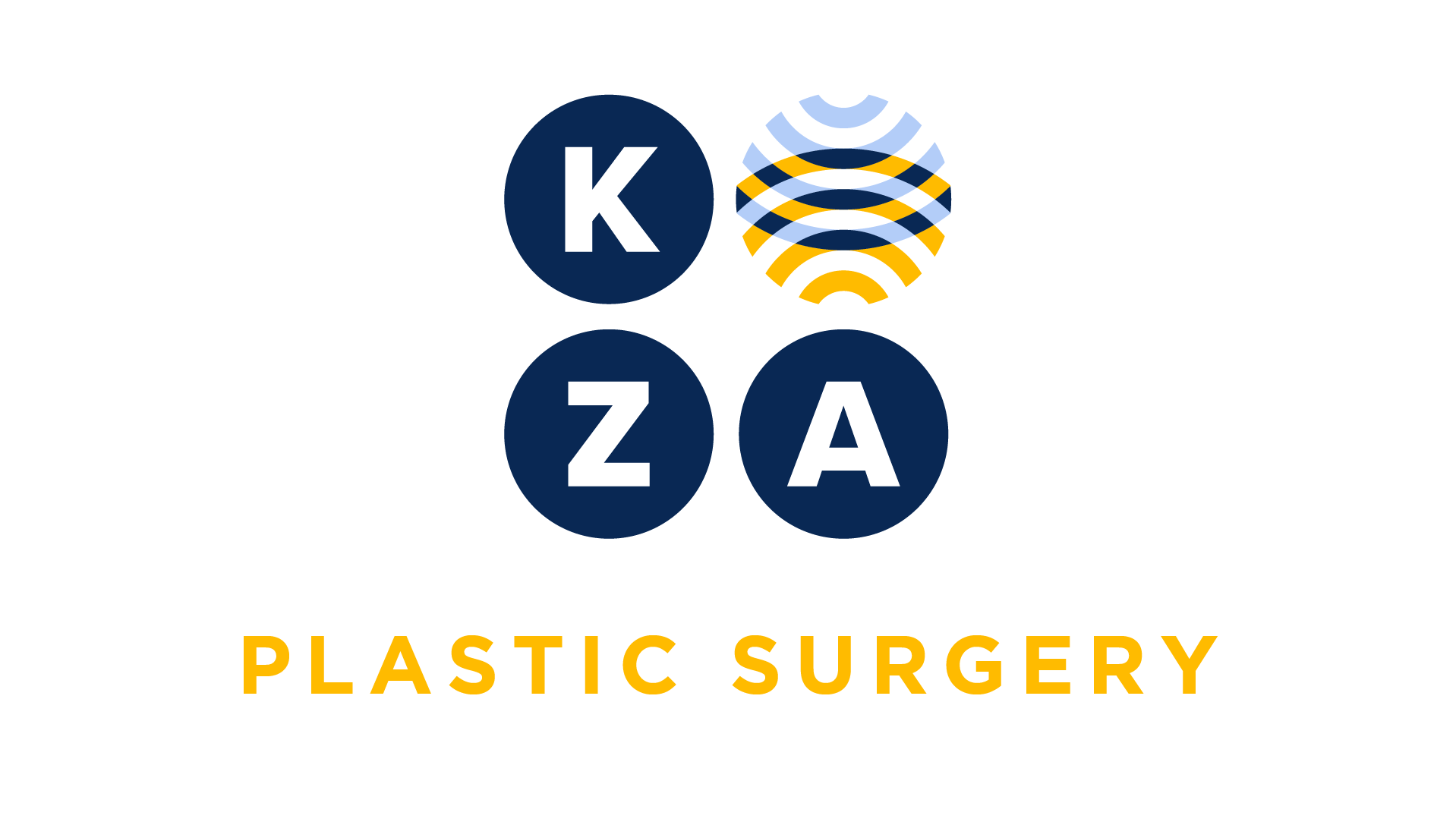
Choose your specialty from the list below to see how our experts have tackled a wide range of client questions.
Looking for something specific? Utilize our search feature by typing in a key word!
Collagen Dressings
Our physicians would like to start using and billing collagen dressings for all post-surgical patients in the global period to aid with healing and have the dressings shipped directly to the patient and used at the patient’s home. What are the coding and billing requirements for reporting the service?
Question:
Our physicians would like to start using and billing collagen dressings for all post-surgical patients in the global period to aid with healing and have the dressings shipped directly to the patient and used at the patient’s home. What are the coding and billing requirements for reporting the service?
Answer:
Thank you for your inquiry. Several factors have to be considered.
First, using collagen dressings for routine dressing changes (e.g., all patients, as noted in the inquiry) during the global period would not meet the LCD requirements for payment consideration.
Routine dressing changes during the global period are included in the global surgical package per Medicare and, therefore, would not be separately reimbursable.
Per Medicare Claims Processing Manual, Chapter 12, Section 40.1
o Miscellaneous Services - Items such as dressing changes; local incisional care; removal of the operative pack; removal of cutaneous sutures and staples, lines, wires, tubes, drains, casts, and splints; insertion, irrigation and removal of urinary catheters, routine peripheral intravenous lines, nasogastric and rectal tubes; and changes and removal of tracheostomy tubes.
Second, suppose the clinic wants to utilize these collagen dressings for routine postoperative patients during the global. In that case, the clinic will need to either absorb the cost and provide it to the patient or obtain an ABN or waiver from the patient advising them it is a non-covered service and give them the option if this is an item they would like to pay for out of pocket. Depending on medical necessity, the dressings may or may not be covered under a home health benefit.
Medicare has an LCD—Surgical Dressings (L33831), with specific medical necessity requirements for coverage and payment. As with all reported services, medical necessity and the required reporting criteria must be documented.
Per Medicare LCD L33831:
Collagen Dressing or Wound Filler (A6010, A6011, A6021 – A6024)
A collagen-based dressing or wound filler is covered for full-thickness wounds (e.g., stage 3 or 4 ulcers), wounds with light to moderate exudate or wounds that have stalled or not progressed toward a healing goal. They can stay in place for up to 7 days. Collagen-based dressings are not covered for wounds with heavy exudate, third-degree burns, or when active vasculitis is present.
To justify payment for DMEPOS items, suppliers must meet the following requirements:
Standard Written Order Criteria (SWO)
Medical Record Information (including continued need/use if applicable)
Correct Coding
Proof of Delivery
Medicare reimburses surgical dressings under the Surgical Dressings Benefit. This benefit only covers primary and secondary surgical dressings used on the skin of specified wound types.
Refer to the related Policy Article NON-MEDICAL NECESSITY COVERAGE AND PAYMENT RULES for information about these statutory requirements.
LCD L33831 (Surgical Dressings) and Coverage Policy Article A54563 for complete details for reporting surgical dressings.
https://www.cms.gov/medicare-coverage-database/view/lcd.aspx?lcdid=33831
As with all reported services, medical necessity and the required reporting criteria must be documented. If all Medicare LCD requirements are not met, an ABN would need to be obtained. Check your private payor policies for coverage. KZA does not recommend billing the patient for Collagen dressings for routine wounds if medical necessity is not met (e.g., all postoperative patients).
*This response is based on the best information available as of 10/17/24.
Polydactyly Excision
We have a new surgeon in our practice who does hand surgery. I usually don’t code for hand surgery and have never coded a case before for polydactyly excision; how does one code this procedure? The documentation does not reflect any bony work.
Question:
We have a new surgeon in our practice who does hand surgery. I usually don’t code for hand surgery and have never coded a case before for polydactyly excision; how does one code this procedure? The documentation does not reflect any bony work.
Answer:
Within the hand section of the CPT book, you will find CPT code 26587. This code is for the reconstruction of polydactylous digit, soft tissue, and bone. Below this, there is a parenthetical note that states that for excision of polydactylous digit, soft tissue, only use CPT 11200. The documentation within the note will lead you to the appropriate code to report. Based on your scenario presented, CPT 11200 is applicable.
*This response is based on the best information available as of 9/11/24.
Micromatrix
I'm new to plastics coding and have seen a couple of cases in which Acell Micromatrix is being documented. I have conflicting recommendations on whether to report this with a code from the 1527x series in CPT. However, I'm not confident with the advice. I am seeking an expert opinion and realize I should have started with KZA. Two questions: 1) is this separately reportable and 2) if yes, is CPT code 15271 the correct code?
Question:
I'm new to plastics coding and have seen a couple of cases in which Acell Micromatrix is being documented. I have conflicting recommendations on whether to report this with a code from the 1527x series in CPT. However, I'm not confident with the advice. I am seeking an expert opinion and realize I should have started with KZA. Two questions: 1) is this separately reportable and 2) if yes, is CPT code 15271 the correct code?
Answer:
No, this is not separately reportable according to CPT Guidelines in the treatment of open wounds. Acell Micromatrix is a micronized particle (powder) and is considered a non-graft wound dressing. The CPT Guidelines for skin substitute grafts (page 100 of the 2024 CPT manual) instruct you to use the codes for biological products that form a sheet scaffolding to promote skin growth. CPT instructs the skin substitute codes are not to be used for non-graft dressings such as the Acell Micromatrix, a powder. KZA appreciates your inquiry as these codes are always under scrutiny. If you are in the office setting (non-facility) and purchased the Micromatrix, you may look to report HCPCS code Q4118 for the supply purchased and the application of the non-graft wound dressing would be captured in the appropriate evaluation and management level code.
*This response is based on the best information available as of 7/11/24.
Time
Our physician is coding by time; he thinks this is the best for him. Frequently with a new patient he will also do an injection. He documents his total time for the day but does not document the amount of time performing a minor procedure (billable). There is no documentation of the time spent preparing for or performing the minor procedure. May we still report a service based on time?
Question:
Our physician is coding by time; he thinks this is the best for him. Frequently with a new patient he will also do an injection. He documents his total time for the day but does not document the amount of time performing a minor procedure (billable). There is no documentation of the time spent preparing for or performing the minor procedure. May we still report a service based on time?
Answer:
CPT states “Time” may be selected based on the total amount of time spent on the date of encounter, excluding time spent for services that are defined by a separately reportable CPT code. This means that the total time must exclude the amount of time spent related to the minor procedure. If not documented, KZA recommends asking the physician to amend the note if possible (attesting that the time is accurate to the best of their knowledge) or reporting the service based on MDM.
Date of Service
We are in an academic setting. Our residents will see a patient, for example, at 11 pm on Tuesday. Then on Wednesday morning our attending physician evaluates the patient, documents his/her findings, documents the required attestation, and enters an E&M code into the EHR. The date of service is the date the encounter was created by the resident on Tuesday. Do you bill the E&M service with the Tuesday date of service or the Wednesday date when the attending physician saw the patient?
Question:
We are in an academic setting. Our residents will see a patient, for example, at 11 pm on Tuesday. Then on Wednesday morning our attending physician evaluates the patient, documents his/her findings, documents the required attestation, and enters an E&M code into the EHR. The date of service is the date the encounter was created by the resident on Tuesday. Do you bill the E&M service with the Tuesday date of service or the Wednesday date when the attending physician saw the patient?
Answer:
The correct date of service is the actual date of service when the attending physician saw the patient. In this case, it will be Wednesday even if the attending physician links the note to the resident note from the previous date.
Diagnosis Coding Excludes 1 Codes
Our physicians list their diagnosis codes in the Assessment section of their notes. They link the diagnosis codes to the charges in our EHR. We receive a claims submission edit stating the two diagnosis codes may not be reported together. We review the rules and find the codes have an “Excludes 1” relationship. Our question is, should we remove the diagnosis code that is listed as the “Excludes 1” from the Assessment section of the note when correcting the claim based on the guidelines.
Question:
Our physicians list their diagnosis codes in the Assessment section of their notes. They link the diagnosis codes to the charges in our EHR. We receive a claims submission edit stating the two diagnosis codes may not be reported together. We review the rules and find the codes have an “Excludes 1” relationship. Our question is, should we remove the diagnosis code that is listed as the “Excludes 1” from the Assessment section of the note when correcting the claim based on the guidelines.
Answer:
Great news to hear you are reviewing your claims edit reports timely. But, no, do not do that. The “Excludes 1” is an ICD-10-CM coding guideline also known as a coding rule. Think of this like an NCCI edit; when CMS has an edit between 2 CPT codes, we do not change the documentation in the operative note. Rather, we report the most comprehensive of the 2 CPT codes. The “Excludes 1” guideline is a similar concept—we do not change the documentation; instead, we report the most comprehensive diagnosis code.


